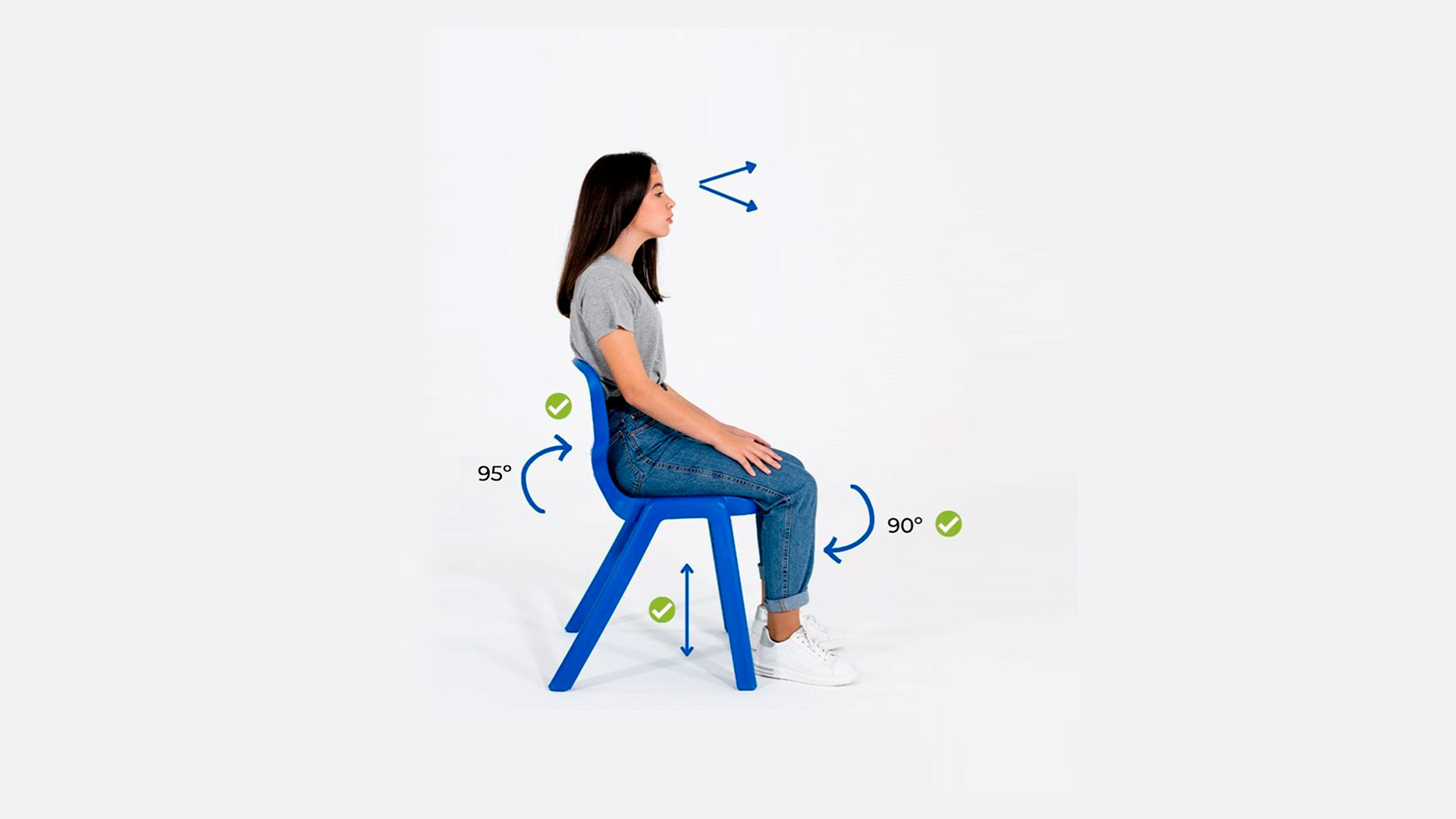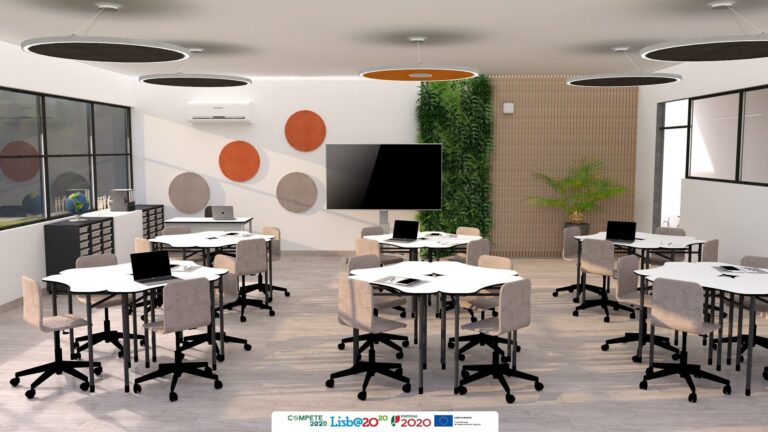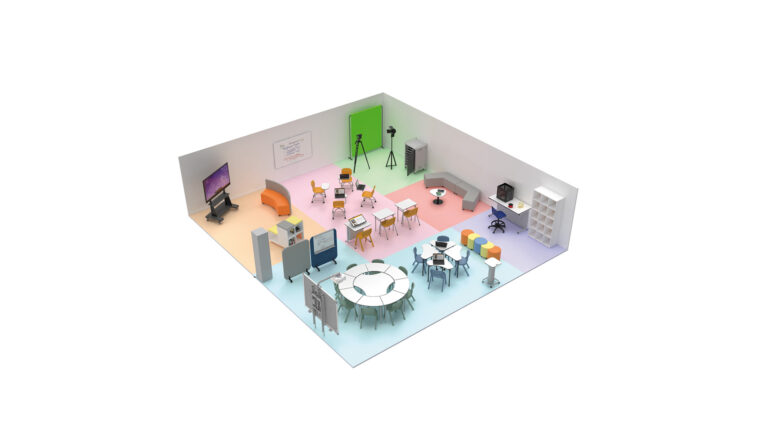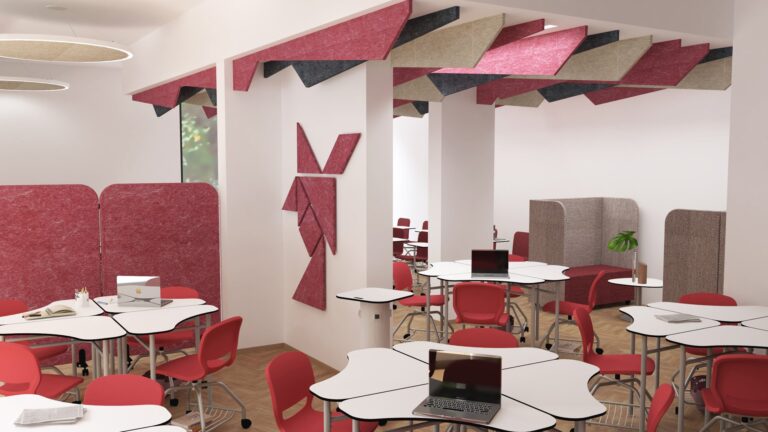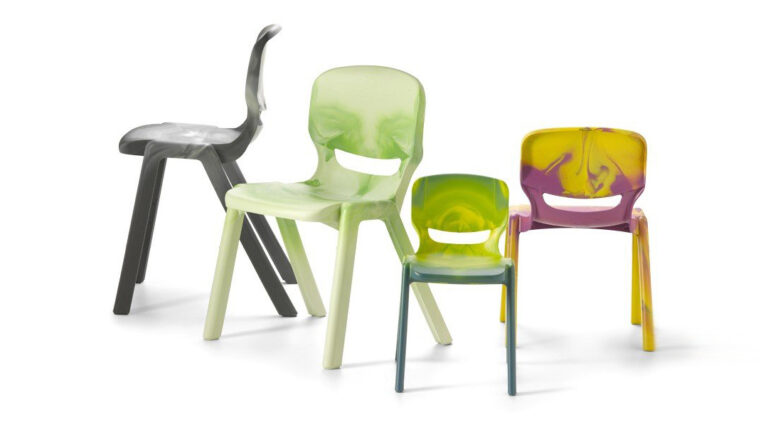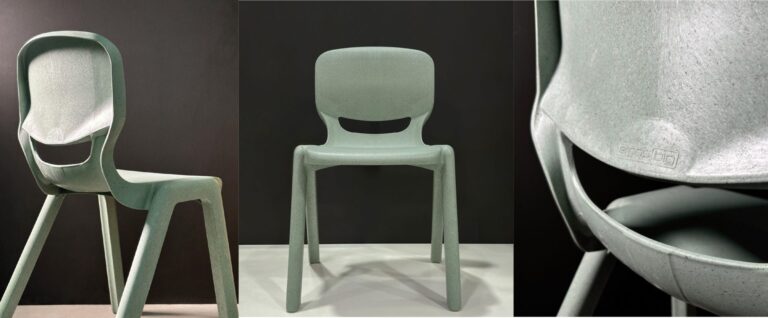Ergonomics
The correct choice of desks and chairs at school is essential for school success.
The right posture, adequate lighting, appropriate acoustics, good ventilation, and a flexible workplace are all elements that promote students’ wellbeing and aid in their ability to concentrate. It is important that students have access to furniture that is suitable for their height and age.
The connection between body and mind is essential. Correct posture has a direct influence on the quality of concentration. Adopt conditions that inspire learning when deciding on the best furniture for schools. This will help pupils stay focused and produce better work.
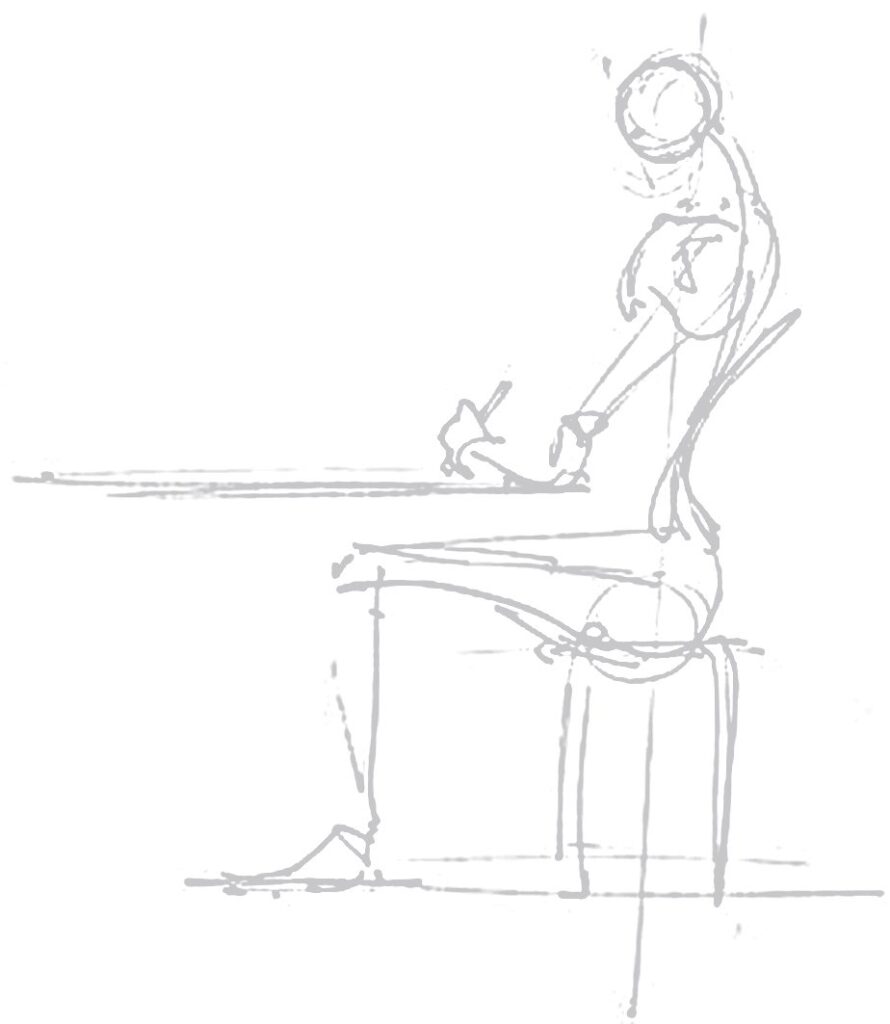
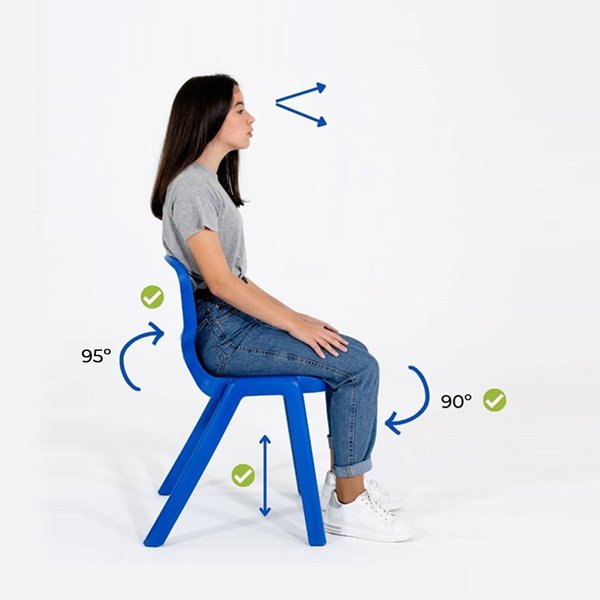
Ergonomic chairs can help improve circulation and reduce body fatigue
Poor posture during childhood can have serious health consequences.
Problems associated with bad posture:
- Spinal column misalignment;
- Muscle imbalances and strains on muscles and articulations;
- Moderate to severe scoliosis;
- Breathing difficulties;
- Physical deformities and stooping posture;
- Chronic back, neck and shoulder pain.
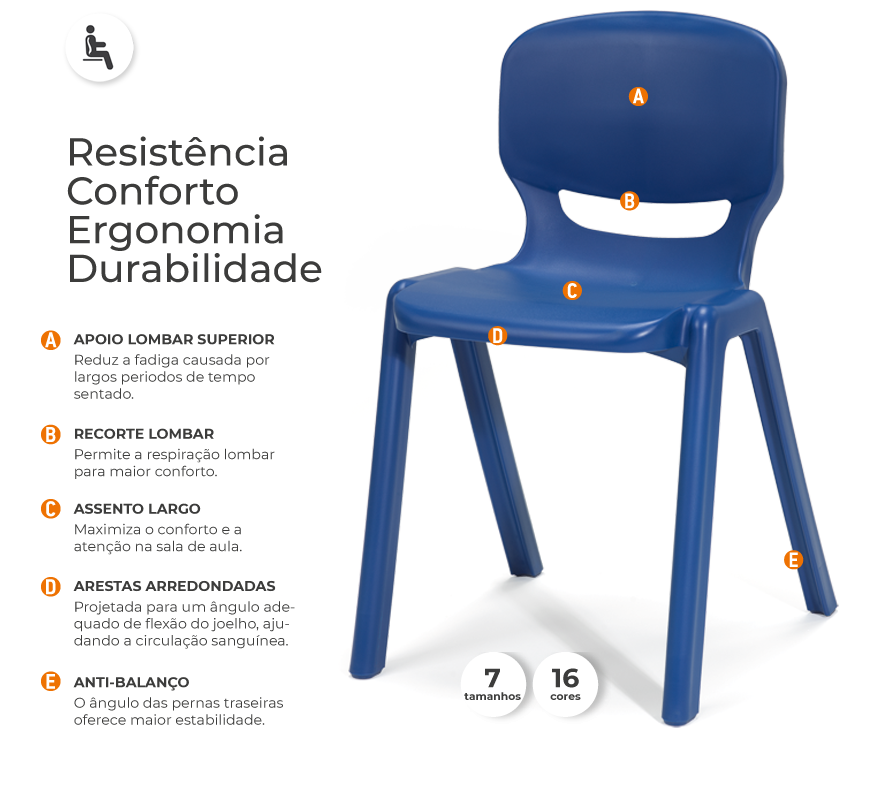
Choose a chair that promotes natural body mobility to improve students’ comfort and ability to complete more work.
Additionally, the chair’s seat depth needs to be adjusted for the student’s height. To avoid sitting with your legs crossed or giving your legs insufficient support, the seat shouldn’t be too deep or too shallow.
Our ERGOS ONE is available in 7 sizes according to the student’s height and age and fulfils the conditions of correct and balanced depth.
Chair & Table Combination
The Desk 21 table was designed to allow different configurations in the same space, ensuring ergonomics and good posture for students. With 3 positions, it allows writing on the left, right or centre, responding to the different needs of left- or right-handed students.
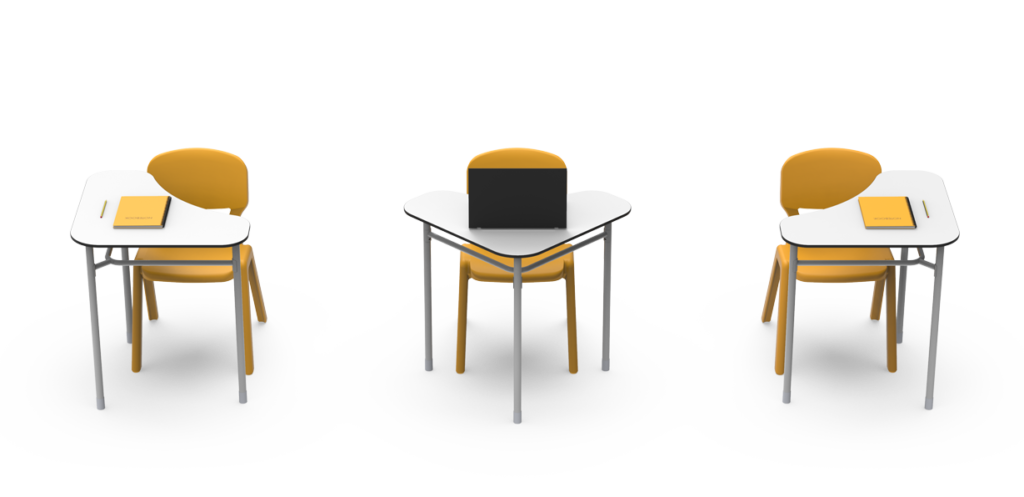
The height of the student is a determining element in terms of ergonomy. Therefore, it’s critical to offer children with furniture that is appropriate for their age group as well as to properly match chairs and tables.

Additional Advices
Along with using an ergonomic chair, it’s crucial to follow some basic advice to help students with their posture.
- Lift/movement: regularly taking periodic breaks to stretch the body and help with blood circulation;
- Hydrate: as dehydration can severely affect cognitive function;
- Protect your eyes: adopting all-in-one solutions where the screen is between 50 and 70 cm away and 10/20 degrees below the line of sight.
- Stretching: because our legs, feet, arms and neck suffer when we sit for long periods of time. Short, periodic exercises will help improve pain and minimise discomfort in the classroom.


